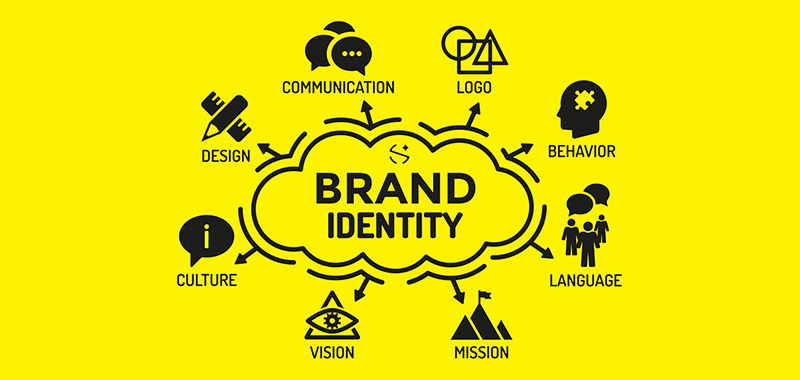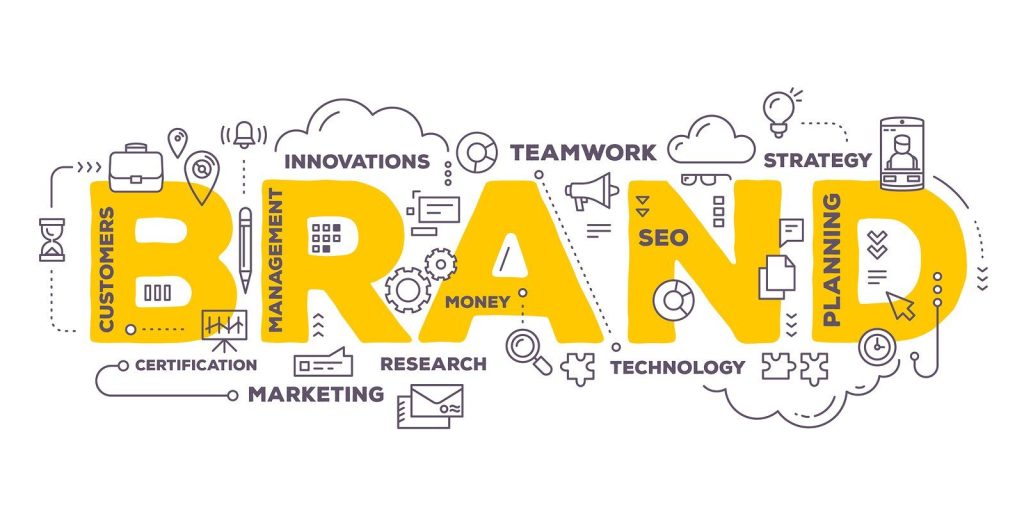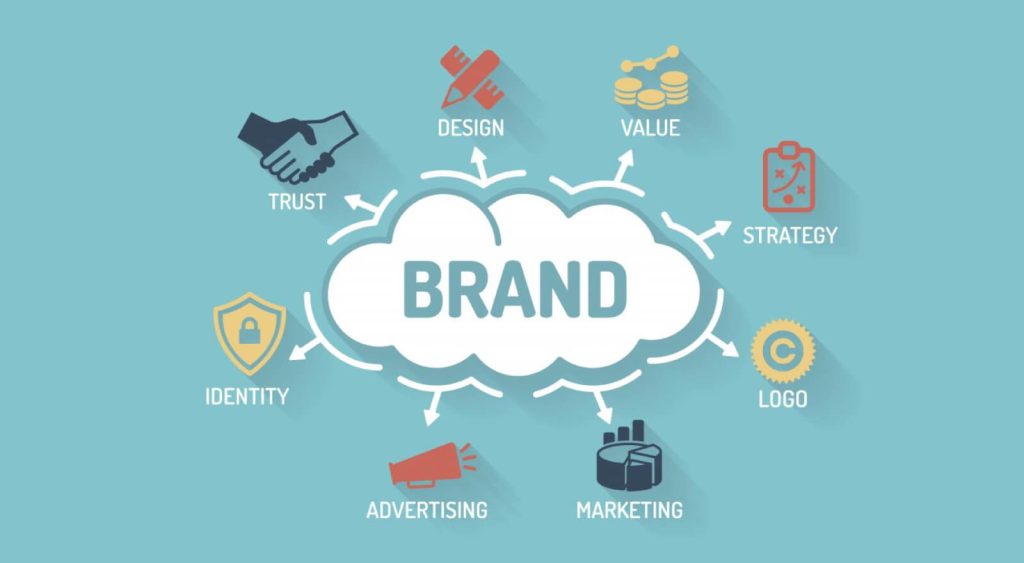

While we often hear the age-old saying, “don’t judge a book by its cover,” the reality
is that we do, and this especially true for brands.
Your visual branding and messaging are two integral factors that work in harmony
to craft a distinctive identity for any business.
It is the first thing people see before they go into the details of your business.
Think of your favorite brands – what comes to mind first? Chances are, it’s not just
their products or services, but the way they visually present themselves and the
messages they convey.
This link between visual branding and messaging is very similar to the symbiotic
relationship in nature – a balance, which when combined, can create significant
increase in your marketing goals.
So what is visual branding and how does it relate to brand messaging?
Keep reading to explore more details.
What is Visual Branding?
Visual branding is simply the practice of using visual elements, such as logos, colors,
imagery, and design aesthetics, to create a distinctive and memorable identity for a
business, organization, or product.
It basically focuses on the external brand image and how a brand is presented to the
public.
There are several important purposes of visual branding, some of which includes:
● Brand recognition.
● Brand consistency.
● Effective communication of brand values.
● Strong emotional connection.
● Brand differentiation and distinction.
What is Brand Messaging?

Brand messaging is the strategic and consistent communication of a brand’s value
and identity through written or verbal technique.
This involves the crafting of messages and narratives that convey what a brand
stands for, its unique qualities, and how it serves its target audience.
The key aspects of brand messaging include:
● Brand Positioning: Brand positioning defines how a brand differentiates itself
from competitors in the market.
● Brand Values and Mission: Brand messaging typically includes the brand’s
core values and mission statement.
● Taglines and Slogans: These are short and memorable phrases otherwise
known as copies, that capture the essence of the brand and its promise.
● Tone of Voice: This includes the style, language, and personality used in all
written and verbal communications.
● Customer-Centric Messaging: Effective brand messaging should focus on
the needs and interests of the target audience.
● Consistency: Consistency is crucial in brand messaging. All communication,
whether on the brand’s website, in advertising, or on social media, should
align with the established messaging to reinforce the brand’s identity.
● Adaptability: Brand messaging should be adaptable to different channels and
formats. It should be effective in various contexts, from social media posts to
long-form content.
Both visual branding and brand messaging are important to overall brand design. A
combination of both will yield exceptional results.
The Comparison Between Visual Branding and Messaging

As earlier established, visual branding is the face of your business; it’s the first
impression you make on potential customers.
It’s about much more than just logos and colors; it’s an art. The art of creating a
visual identity that resonates with your target audience.
Take, for example, the Coca-Cola logo – simple, yet iconic. The cursive font and red
background evoke a sense of nostalgia, warmth, and timelessness.
While visual branding captures attention, messaging keeps it…
Your messaging is the voice of your brand. It’s how you tell your story, engage your
audience, and build relationships.
Nike, for instance, doesn’t just sell athletic wear; they inspire people with its famous
“Just Do It” slogan. These three simple words embody a powerful message. A
message of empowerment, determination, and the pursuit of greatness.
It resonates with athletes and non-athletes alike, forming a strong emotional
connection with the brand.
The Symbiosis: How Visual Branding and Messaging Work Together
When visual branding and messaging are consistent, they create a powerful, unified
brand identity.
This often involves the use of the same color schemes, fonts, and imagery in both
your visuals and your words to reinforce your brand’s personality and make it easily
recognizable.
The right combination of visuals and messaging can create a memorable brand
experience.
When you think about Apple’s sleek, minimalist design aesthetic paired with their
messaging about innovation and simplicity, it is the perfect example of how a
combination of visual and messaging can create a deep emotional connection with
customers.
Additionally, visuals and messaging are powerful tools for storytelling. Your visual
branding can tell a story through design elements, while your messaging narrates
the brand’s journey, values, and aspirations. Together, they weave a compelling
narrative.
Conclusion

The relationship between visual branding and messaging remains a vital constant.
For a brand to thrive, it is essential to acknowledge and embrace this relationship as
a key to success.
When they work together seamlessly, they create a harmonious brand identity that
is not only aesthetically appealing but also emotionally engaging.
